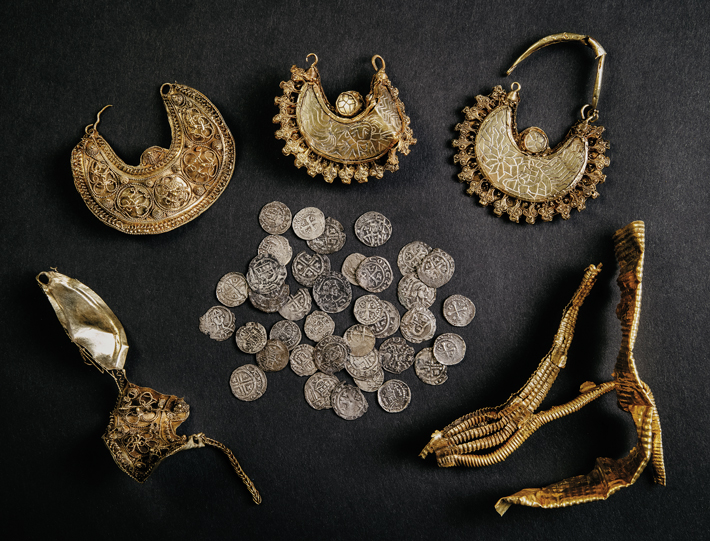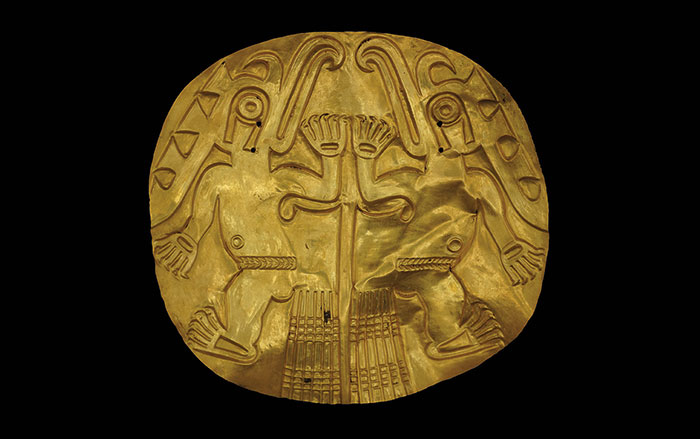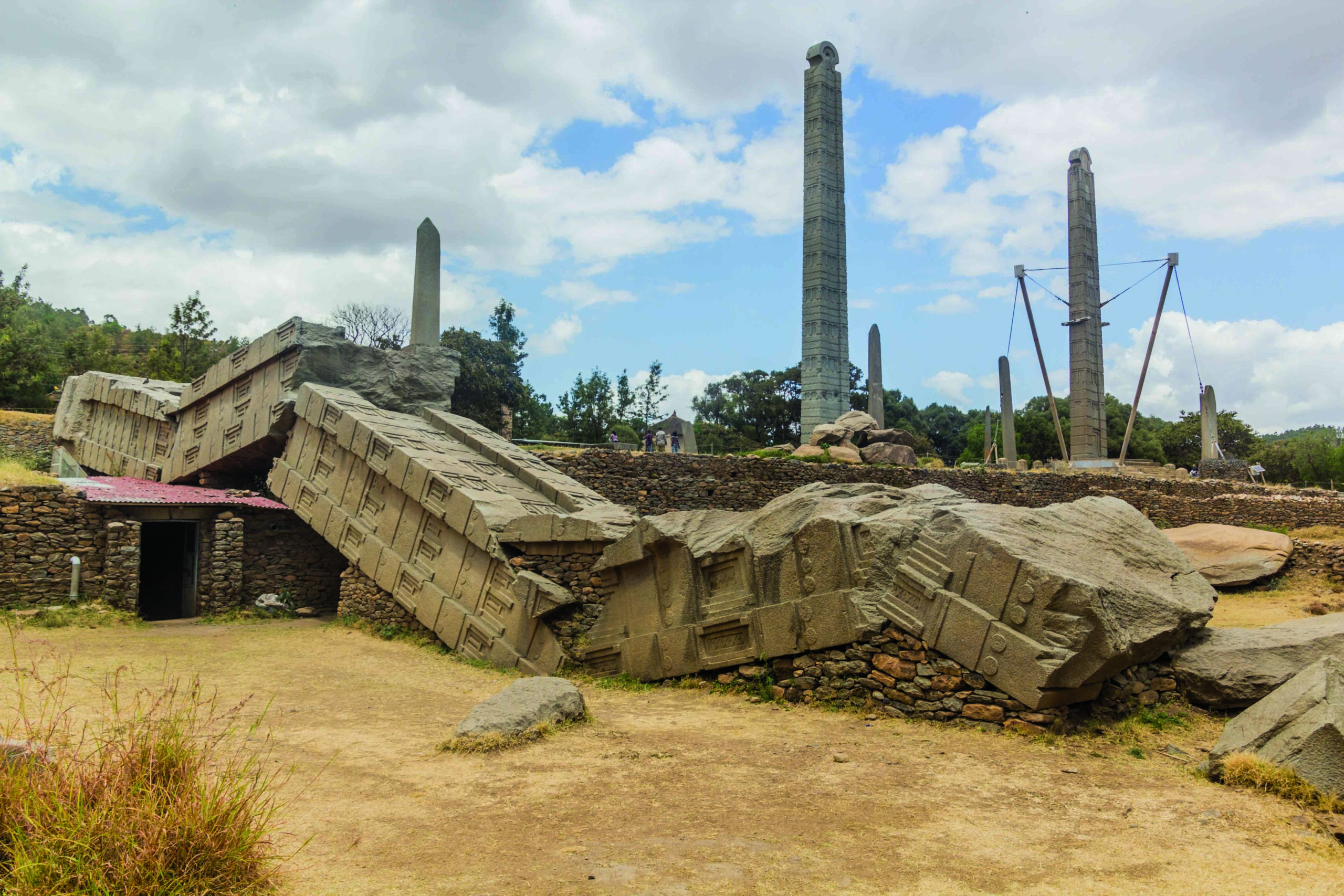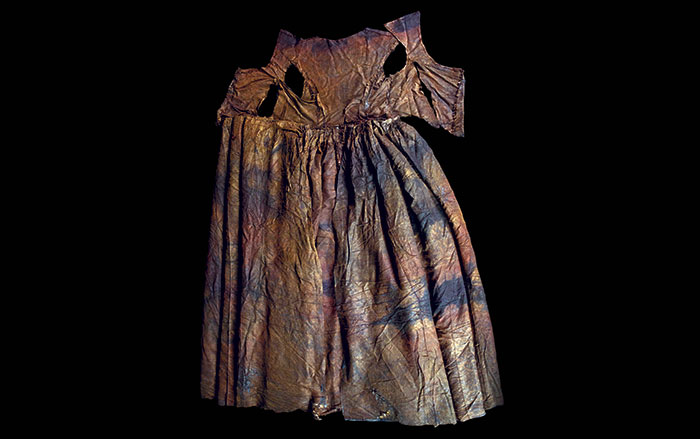
A hoard of silver and gold items buried in the Netherlands 800 years ago—possibly for safekeeping during a time of war—was recovered by a licensed metal detectorist. The hoard, which was found in the small city of Hoogwoud in the West Friesland region, contained four crescent-shaped gold ear pendants, two strips of gold leaf, and 39 hammered silver coins. According to Annemarieke Willemsen, curator of medieval collections at the Dutch National Museum of Antiquities, the pendants can be dated to the first half of the eleventh century based on their style, technique, and similarity to finds from Mainz, Germany. The fingernail-size coins, however, were all minted in the first half of the thirteenth century, the most recent in 1248. Willemsen says the items were probably all buried together shortly after this date, meaning the jewelry was already two centuries old at the time. This was a period of sustained conflict between local Frisians and the rulers of the County of Holland, which may explain why the owner of the valuables chose to bury them.
To Willemsen, the ear pendants, which measure two inches by 1.5 inches, are the most interesting part of the find. She notes that they combine a shape that was common in the Byzantine world, centered in Constantinople (modern Istanbul); crafting techniques of the Holy Roman Empire, centered in Germany; and decoration typical of Scandinavia. “They are hybrid in the best sense of the word,” she says. “If you wore this jewelry in any of those places, in any of those cultures, you would be recognized as someone of high status.”











